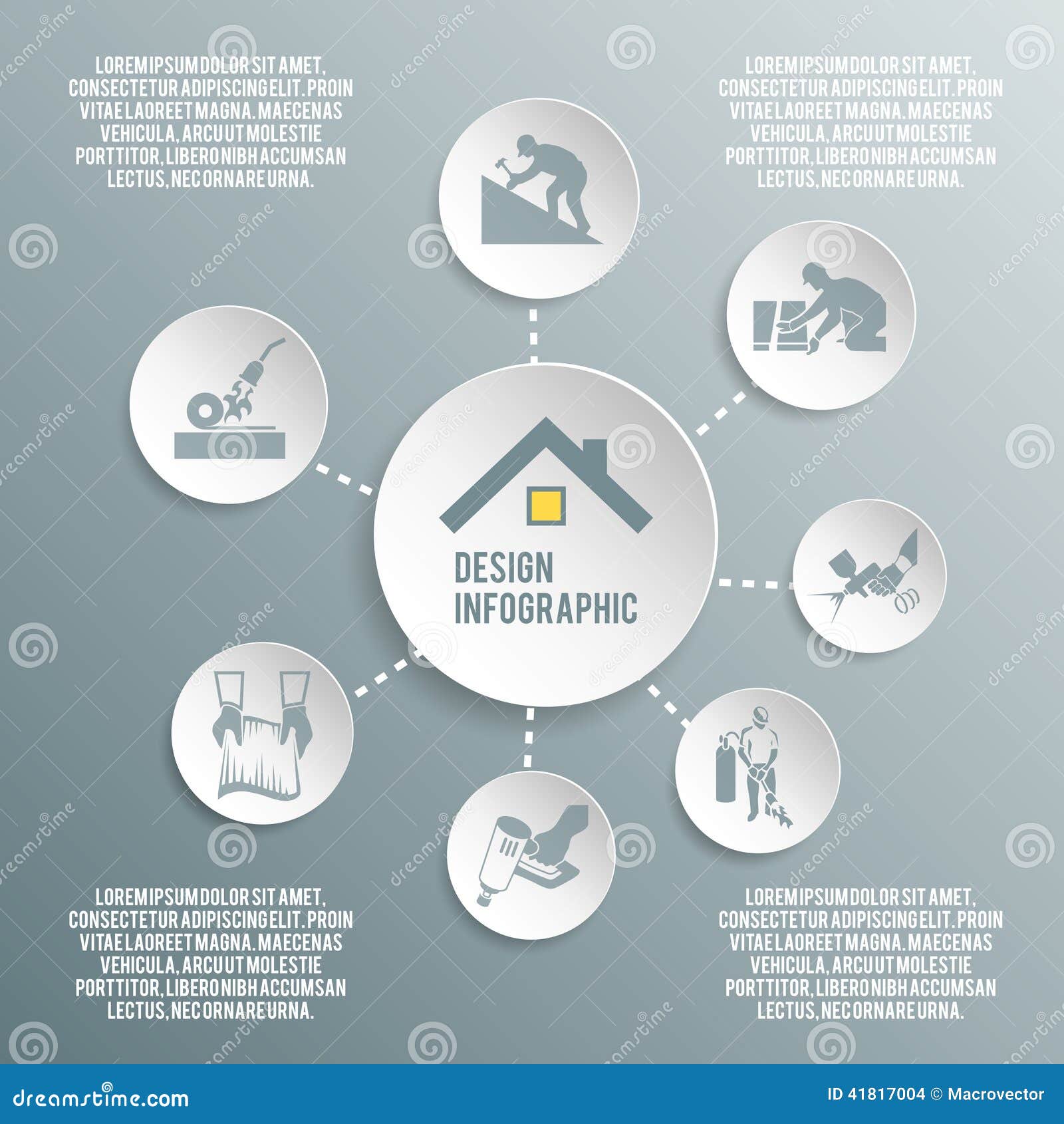Contrast Of Solar Energy And Conventional Energy Resources: A Thorough Analysis
Contrast Of Solar Energy And Conventional Energy Resources: A Thorough Analysis
Blog Article
Personnel Author-Kirkeby Blum
When analyzing the viability of solar power versus typical power resources, you might find yourself pondering the long-lasting sustainability and effect on your funds. The intricate equilibrium in between initial prices, recurring expenses, and environmental implications elevates sixty-four-thousand-dollar questions about the future of power generation. As you browse with the intricacies of this contrast, a deeper understanding of the nuances in cost-effectiveness, environmental stewardship, and energy safety awaits expedition.
Cost-Effectiveness Contrast
When comparing the cost-effectiveness of solar power with conventional power sources, it ends up being apparent that initial financial investment differences play a crucial function in figuring out lasting cost savings.
While solar energy systems require a higher upfront investment for installation and tools, they supply significant long-term benefits that can outweigh the initial expenses. The essential hinge on recognizing that solar power systems have marginal recurring functional and upkeep expenses contrasted to conventional energy resources like fossil fuels.
By purchasing solar energy, you can possibly reduce energy expenses over the system's life expectancy. Furthermore, with developments in technology and decreasing installment costs, solar energy has ended up being a lot more available and affordable for home owners and businesses alike. These cost savings can collect gradually, giving a roi that goes beyond conventional power resources.
Furthermore, solar power systems provide the advantage of power self-reliance and security versus varying utility rates. By taking advantage of the power of the sun, you contribute to a cleaner setting and decrease your carbon footprint. Accepting solar energy not only benefits your pocketbook yet likewise the planet over time.
Environmental Impact Analysis
Solar energy presents an appealing option to conventional energy resources due to its considerably reduced environmental impact. Unlike nonrenewable fuel sources that produce harmful greenhouse gases and add to air pollution, solar power generates electricity without producing any discharges.
passive vs active solar energy systems of using solar energy involves recording sunshine with photovoltaic panels, which doesn't launch any type of toxins into the environment. This absence of emissions helps reduce the carbon footprint connected with power manufacturing, making solar power a cleaner and much more lasting option.
In addition, the use of solar power contributes to conservation efforts by minimizing the need for limited sources like coal, oil, and gas. By relying upon the sunlight's plentiful and renewable resource resource, we can help maintain natural habitats, secure communities, and reduce the adverse effects of resource removal.
Integrity and Energy Landscape Analysis
For a thorough evaluation of reliability and the energy landscape, it's important to assess exactly how solar energy compares to standard sources. Solar energy is pushing on as a reputable and sustainable power source. While standard resources like coal, oil, and natural gas have been historically leading, they're finite and contribute to environmental deterioration.
company with powerwall solar energy systems , on the other hand, is plentiful and renewable, making it a much more sustainable alternative in the long run.
In terms of integrity, solar power can be dependent on weather conditions and sunshine accessibility. However, improvements in innovation have actually led to the development of power storage solutions like batteries, boosting the integrity of solar power systems. Conventional resources, on the other hand, are susceptible to price changes, geopolitical stress, and supply chain disturbances, making them much less trustworthy in the long-term.
When examining visit the next website page , solar power uses decentralized energy production, lowering transmission losses and boosting power security. Typical resources, with their central nuclear power plant, are more at risk to disruptions and need considerable facilities for circulation.
Final thought
In conclusion, when contrasting solar energy to standard energy resources, it is clear that solar power supplies a cost-effective, environmentally friendly, and reliable alternative. With marginal operational prices, possible financial savings on energy bills, and a considerably lower environmental influence, solar energy is coming to be a more lasting and secure choice. Accepting solar energy can help in reducing greenhouse gas discharges and add to conservation efforts, making it an engaging selection for the future.
